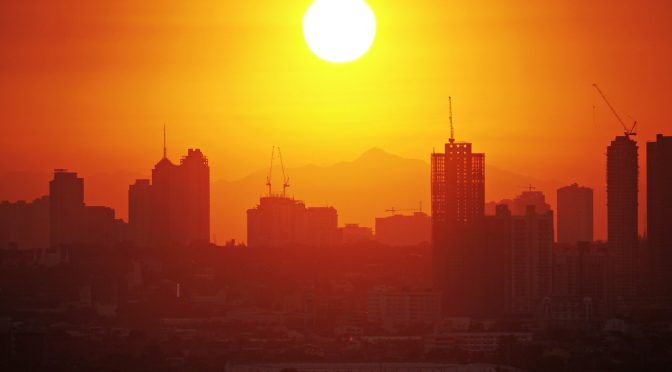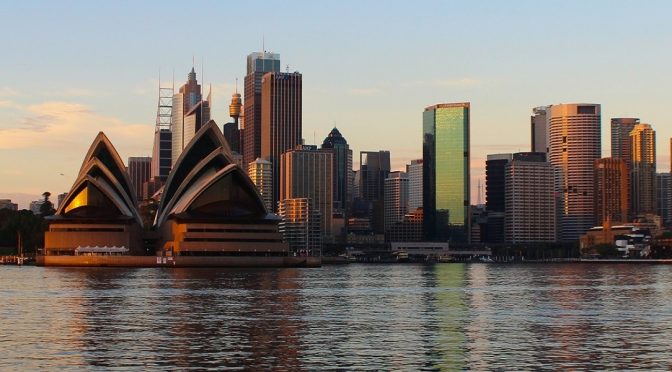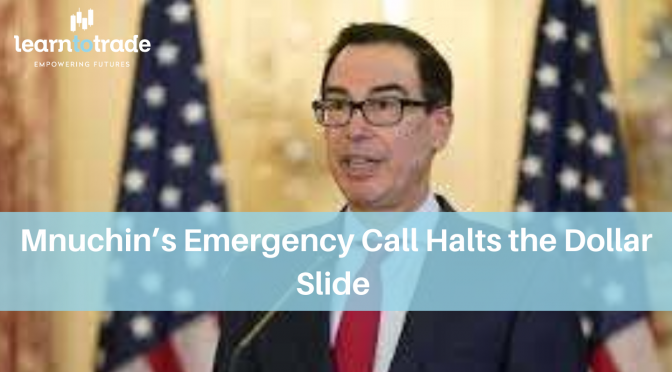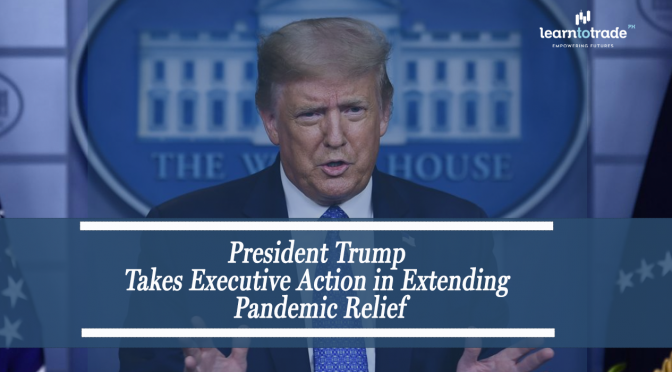- Home
- Philippine Economy Slows Down – Faces the Weakest GDP Long After the Asian Financial Crisis
Philippine Economy Slows Down – Faces the Weakest GDP Long After the Asian Financial Crisis
-
7May, 2020

Growth in the 1st quarter was the smallest since 1998. According to ANZ bank, it is likely that the development falls significantly further in the 2nd quarter, mirroring the full effect of the COVID-19 lockdown measures.
Effects of the Pandemic
The Philippine economy shrunk by 0.2% year-over-year in 2020’s 1st quarter.
Exports and imports declined by 3.0% y/y and 9.0% respectively, coherent with the country’s decreased demand.
Development in the 2nd quarter likely weakened further, impacting the need to revisit the country’s forecast of 1.2% full-year growth in 2020.
Relationship with the USD
The US dollar sees a bullish outlook and expansive strength against ASEAN currencies.
In particular, the Philippine Peso keeps on floating around as vital support against the US Dollar. It ranges between 50.38-50.52, and it has remained there since November. It is worth noting that a false breakout happened after it has established a new floor at 50.30. A further push above the immediate resistance may make way for retesting 51.13 – 51.30. Falling across 50.30 also uncovered the 2018 low marking at 49.73.
In any case, further developments and information regarding the countries’ sectors will progress, so it is yet to be perceived how the Philippines will be affected further.
Risk Disclaimer:
Information on this page are solely for educational purposes only and is not in any way a recommendation to buy or sell certain assets. You should do your own thorough research before investing in any type of asset. Learn to Trade does not fully guarantee that this information is free from errors or misstatements. It also does not guarantee that the information is completely timely. Investing in the Foreign Exchange Market involves a great deal of risk which may result in the loss of a portion or your full investment. All risks, losses and costs associated with investing, including total loss of principal and emotional distress, are your responsibility.
Related Posts
Quick Links
Learn to Trade
Related Articles













































By bsuper
| No Comments